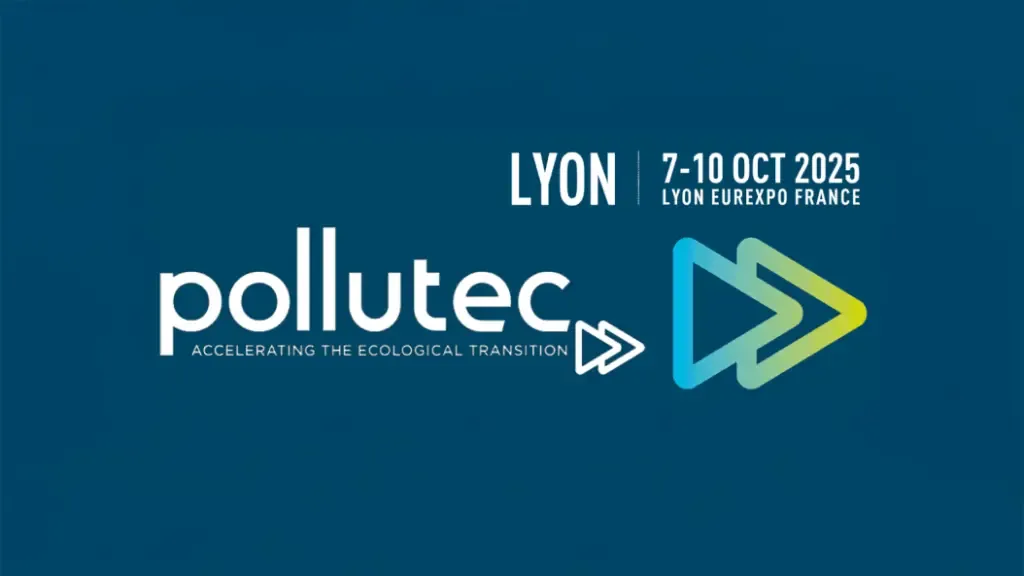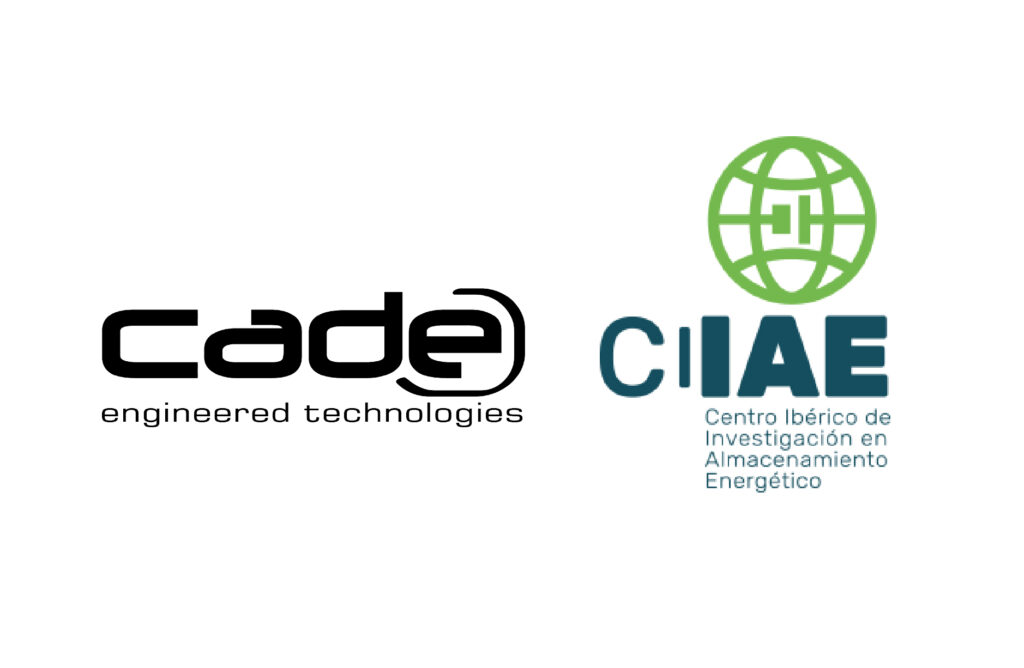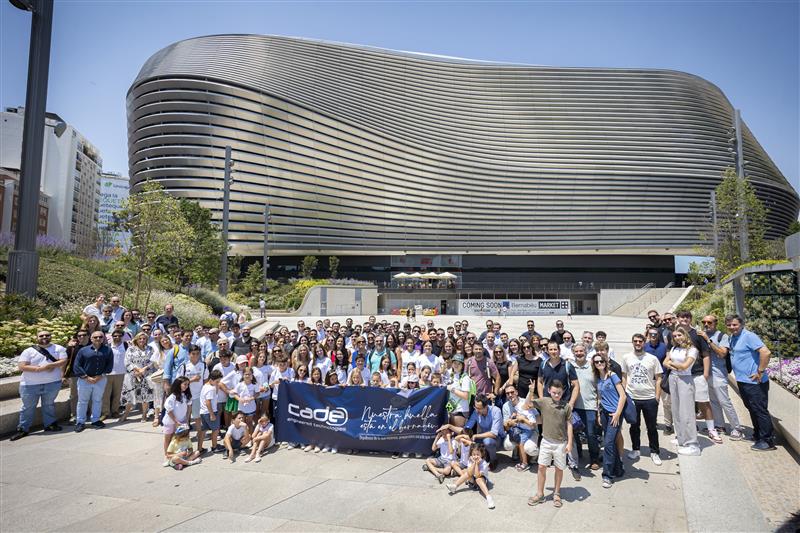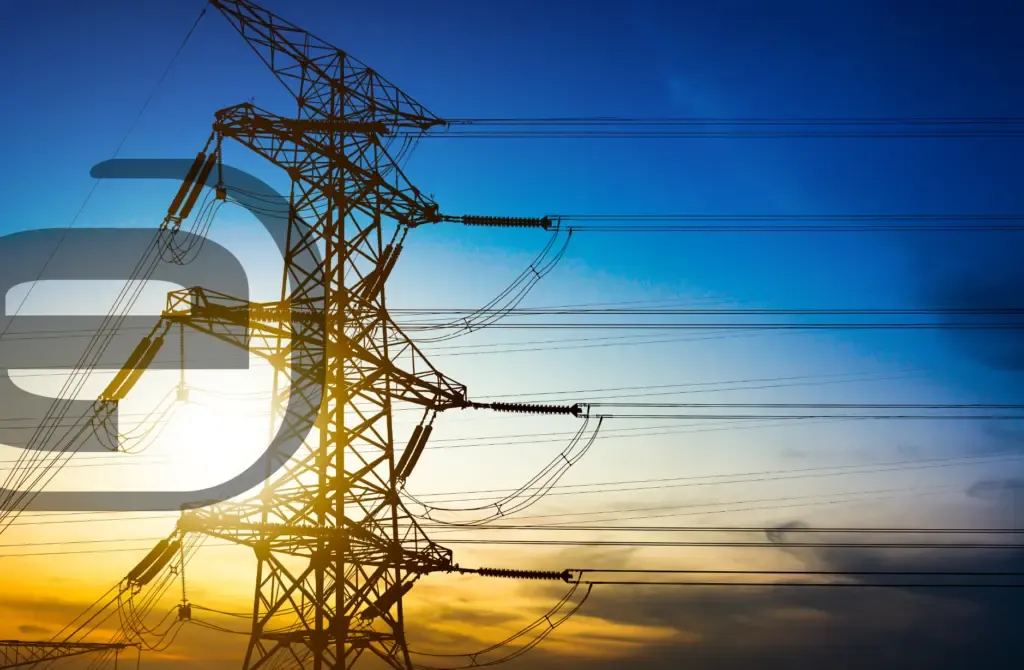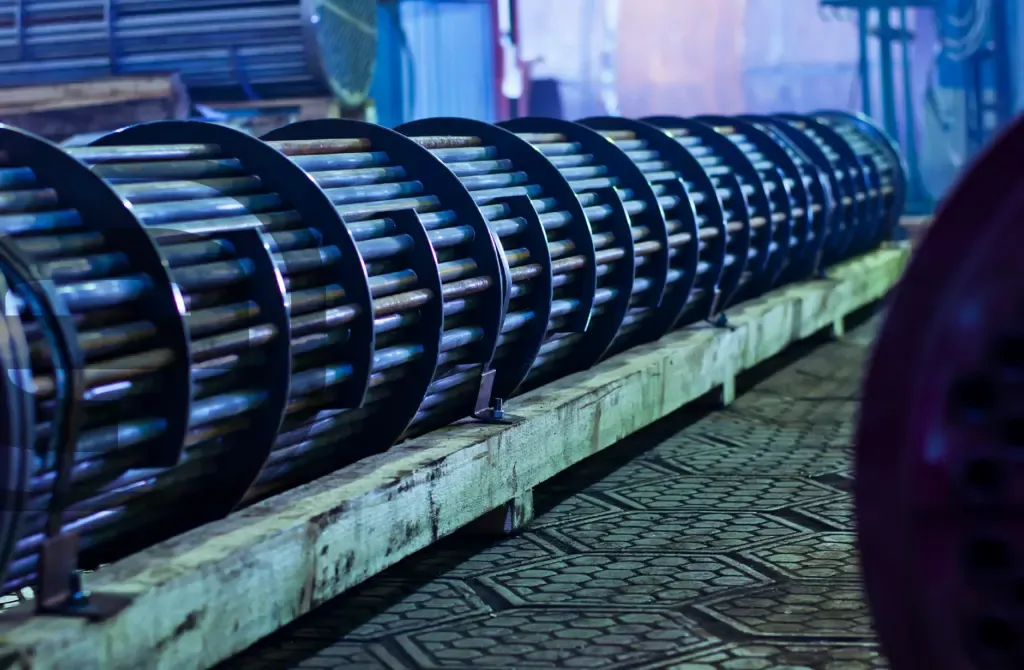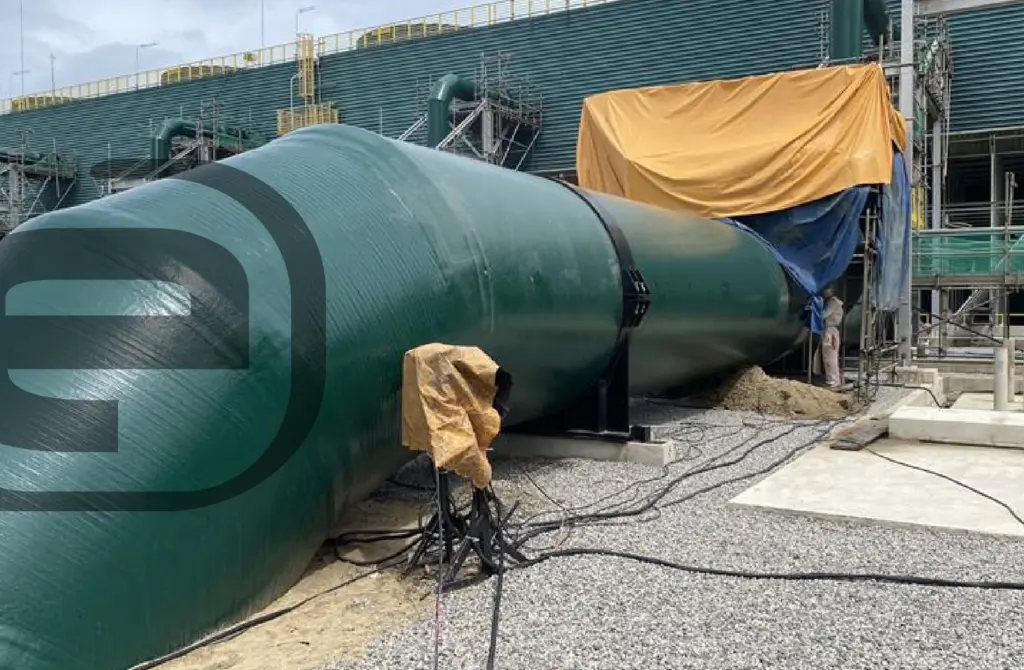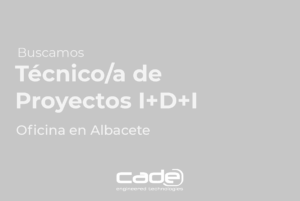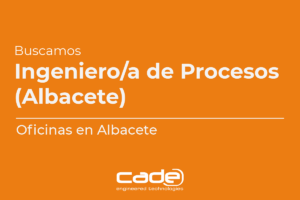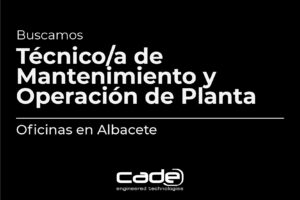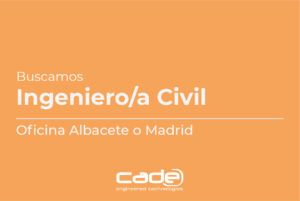The restriction orifices are used in many applications where it is necessary to reduce the flow and pressure of fluids in pipes. These can be used for gases, vapors and corrosive fluids. Many of its applications are related to plant safety and equipment protection:
- Depressurization system in gas treatment plants, where it is necessary and required by API 521, in case of emergencies and the possibility of overpressure, to reduce pressure conditions up to 50% of the design pressure of the equipment or system to protect. This must be done in under 15 min.
- Lines of minimum recirculation of pumps, to maintain the necessary flow to protect the pumps and reduce the pressure required of the system to which said flow is recirculated.
- Drainage systems, from high-pressure equipment to a drainage collection system that works under atmospheric conditions.
To correctly define these elements, it is necessary to determine the type of working fluid (state, toxicity, and corrosion), the inlet pressure and temperature conditions, as well as the required pressure drop. In the case of liquids, the density or specific gravity is important, while, for gases and steam, it is important in the cp/cv ratio and the expansion factor (y).
The parameters that define a restriction hole are the hole diameter, beta, and thickness. The beta value is determined by the relationship between the diameter of the hole and the internal diameter of the pipe.
Because they are relatively low-cost and easy to build, these elements tend not to be considered critical by process engineers. However, experience has shown us that very often a bad design is made, which has an impact on the design of other disciplines, such as piping, or on subsequent operating problems in the facilities, due to a high degree of vibrations, and noises (due to excessive speeds) and flashing or cavitation (when we talk about liquids).
One of the most important impacts found in the development of the projects, derived from a poor initial definition, is the design of the pipe routing with little space for the location of these devices. Depending on the pressure ratio, the restriction orifices can be single-stage (requiring small spaces) to multiple stages (requiring larger spaces). For applications that require high-pressure drops, they usually require a greater number of stages which:
- In the case of liquids, it reduces or avoids cavitation phenomena.
- In the case of gases, it avoids vibrations and excessive noise, as well as choked phenomena.
In terms of spaces, it is also necessary to consider that, to have developed profiles and avoid interferences, the orifices must keep upstream (at least 8D) and downstream (at least 4D) straight sections.
CADE counts on an experienced process engineering team as a fundamental part of project development; where aspects such as hydraulics, heat transfer, or deep knowledge of chemical or thermodynamic processes, are key and differentiators in the correct design of industrial facilities and process units.
Further information
For any query or request for additional information about our services and technologies, please complete the following form:

